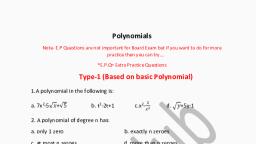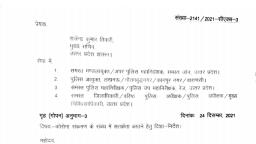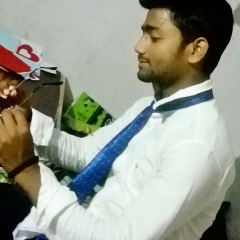Question Text
Question 1 :
State true or false.<br/><br/>In redox reactions, oxidation and reduction take place simultaneously.<br/>
Question 2 :
Balanced chemical equations imply which of the following?<br>$I$. Numbers of molecules are conserved in chemical change<br>$II$. Numbers of atoms are conserved in chemical change.<br>$III$. Mass is conserved in chemical change.
Question 4 :
Which type of chemical decomposition reaction is the following reaction?<br>$Cu(OH)_2\xrightarrow {heat} CuO+H_2O$
Question 5 :
State true or false.<br/>In a chemical equation, the products are written on the left-hand side and the reactants on the right-hand side with an arrow in between.
Question 9 :
What is the difference between displacement over double displacement reactions ?
Question 11 :
The activity of the metal barium is between that of sodium and potassium. It is likely that:
Question 12 :
Which of the following are combination reactions?<br>(i)$2 \mathrm{KClO}_{3} \frac{\mathrm{Heat}}{\longrightarrow} 2 \mathrm{KCl}+3 \mathrm{O}_{2}$<br>(ii)$M g O+H_{2} o \rightarrow M g(O H)_{2}$<br>(iii)$4 A 1+3 O_{2} \rightarrow 2 A 1_{2} O_{3}$<br>(iv)$Z n+F e S O_{4} \rightarrow Z n S O_{4}+F e$
Question 13 :
What would you observe when a mixture of iron filings and sulphur powder is heated strongly?<br/>
Question 15 :
The standard reduction potentials at $25^{\circ}C$ for the following half reactions are given against each;<br>$Zn^{2+}(aq.) + 2e^{-}\rightleftharpoons Zn(s); -0.762$<br>$Cr^{3+}(aq.) + 3e^{-}\rightleftharpoons Cr(s); -0.740$<br>$2H^{+} + 2e^{-}\rightleftharpoons H_{2}(g); 0.00$<br>$Fe^{3+} + e^{-}\rightleftharpoons Fe^{2+}; 0.77$<br>Which is the strongest reducing agent?
Question 17 :
Two aqueous solutions are mixed and a precipitate is formed. What type of reaction is it? 
Question 19 :
The phenomenon of formation of simple sugar from starch in our body is the example of which reaction? 
Question 20 :
When magnesium burns in air, compound of magnesium formed are magnesium oxide and :























